Almost half of the world’s human population lives in coastal areas, and associated coastal development has significantly degraded or destroyed many coastal ecosystems. Burgeoning human populations and rising sea levels only further constrain the availability of habitat that coastal species depend on.
California’s 1,100 mile coast has more than 200 threatened, endangered or rare species living in coastal habitats. There are hundreds of coastal estuaries that provide critical rearing habitat for marine species, and are also important for recreation, water filtration, and carbon sequestration.
Only 10 percent of California’s historic coastal wetlands remain. Without intervention, we are at risk of losing 40 percent of our remaining coastal wetlands to sea level rise over the coming decades. Conservancy scientists are working to reverse these trends.
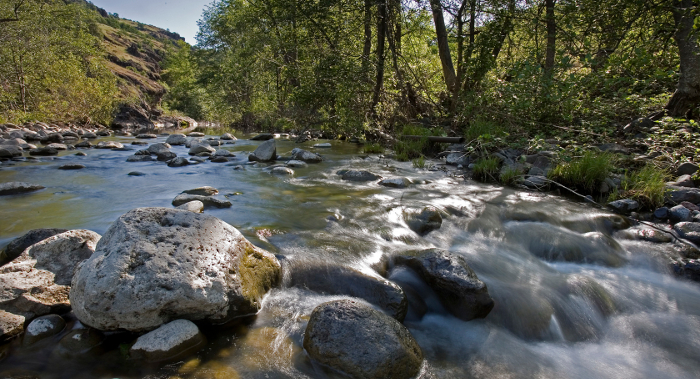
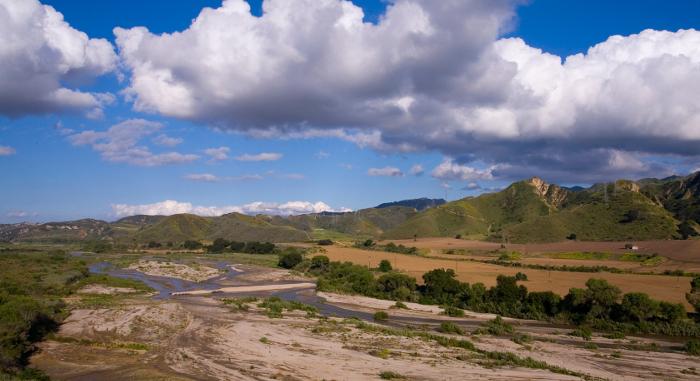
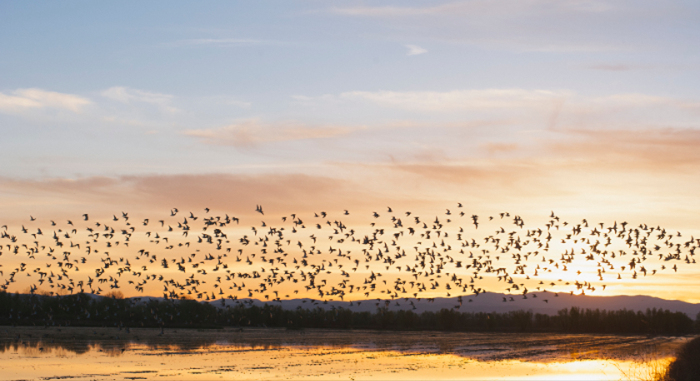
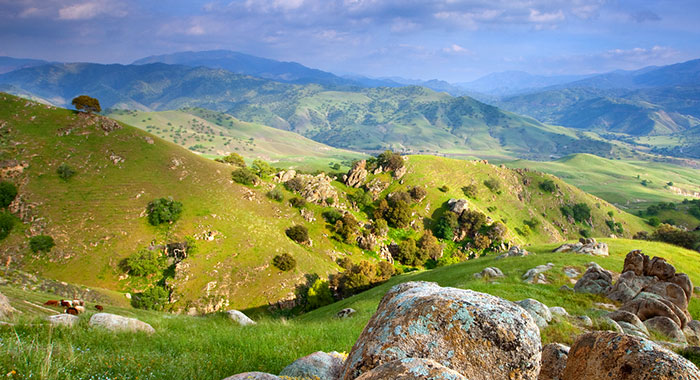

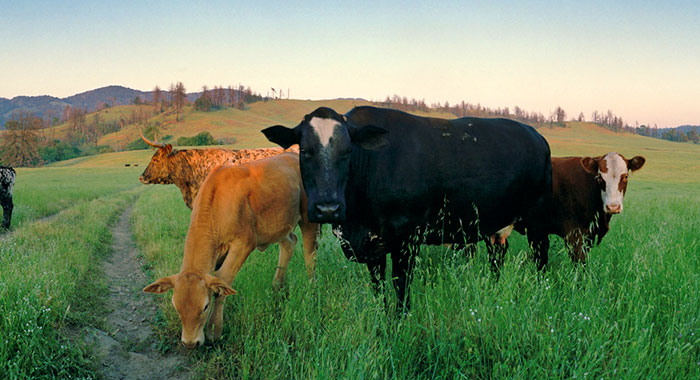
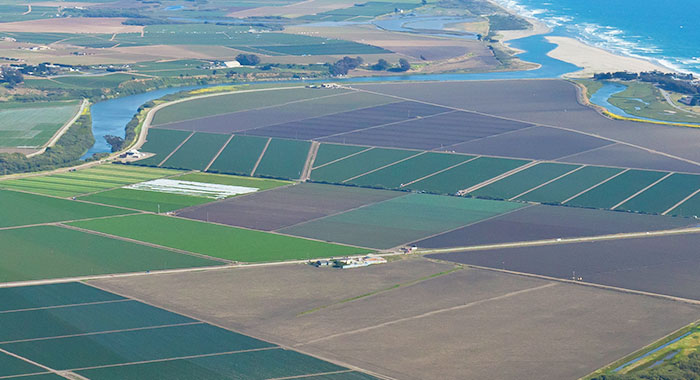

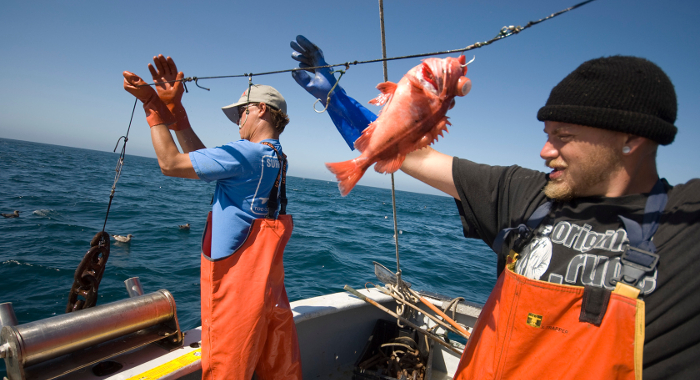
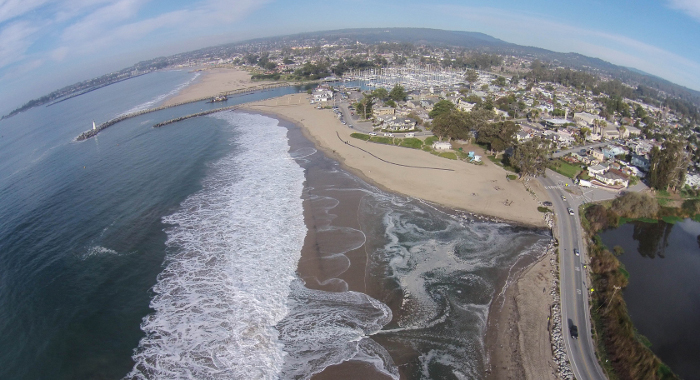
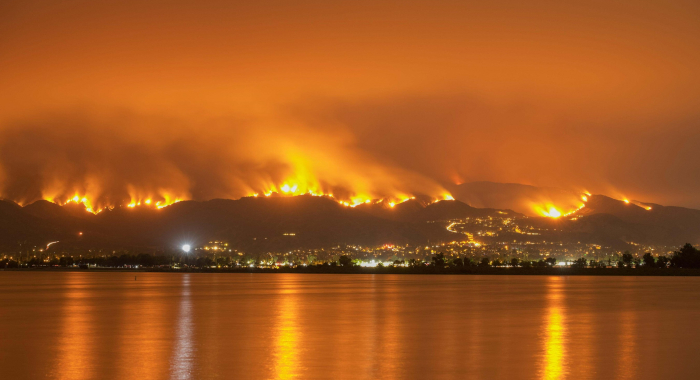
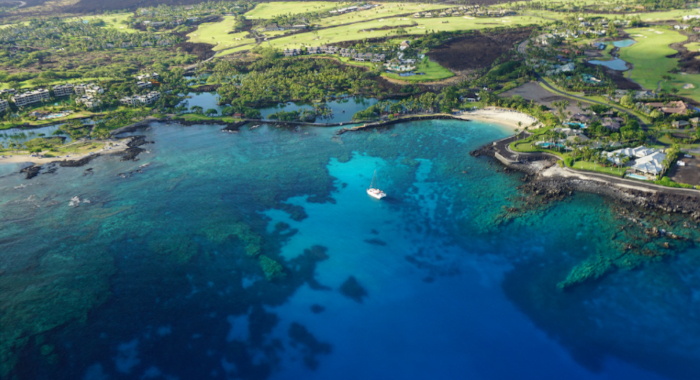
William T. Bean, H. Scott Butterfield, Craig Fiehler, David Hacker, Jeanette K. Howard, Russell Namitz, Brandon Swanson, Thomas J. Batter
TNC launched a Water for Wildlife project motivated by understanding the importance of standing free water across the season for wildlife in general, but most importantly for those species sensitive…Michael J. Clifford, Sophie S. Parker, Brian S. Cohen, Elaine York, Joel Tuhy
This paper provides an assessment of changes in the conservation value of lands in the Mojave Desert of Nevada and Utah resulting from renewable energy and other development between 2010 and 2018. The…The Nature Conservancy with Willis Towers Watson, Sarah Heard
California has the highest wildfire risk in the US, and climate change will continue to exacerbate the risk, at least in the foreseeable future. As a result, California is facing an insurance crisis,…Trish Smith, Cheryl Brehme, Jill Carpenter, Nancy Frost, Megan Jennings, Barbara Kus, Scott Quinnell, Spring Strahm, T. Winston Vickers
The Nature Conservancy and the California Department of Transportation are planning 3 wildlife crossing infrastructure projects along a 3-mile stretch of Interstate 15 (I-15) in the Santa Ana-Palomar…Adam H. Love, Andy Zdon, Naomi S. Fraga, Brian Cohen, Maura Palacios Mejia, Rachel Maxwell, Sophie Parker
This paper presents results from the Mojave Desert Springs research project. The authors present a comprehensive statistical analysis of similarities between California desert springs. An observed…Kristen E. Dybala, Kristin. A. Sesser, Matthew E. Reiter, W. David Shuford, Gregory. H. Golet, Catherine Hickey, and Thomas Gardali
Conserving birds is a key goal for management of the Sacramento–San Joaquin Delta ecosystem, one of the largest estuaries on the Pacific Coast, and is likely to have effects for populations well…Michele Romolini, Sophie S. Parker, Gregory B. Pauly, Eric M. Wood
This editorial introduces a group of 11 articles published as part of an organized research topic in the Urban Greening section of the journal Frontiers in Sustainable Cities. In contrast with the…Christopher M. Free, Lyall F. Bellquist, Karin A. Forney, Jenn Humberstone, Kate Kauer, Qui Lee, Owen R. Liu, Jameal F. Samhouri, Jono R. Wilson, Darcy Bradley
Dynamic ocean management frameworks can be a useful approach to fisheries management under climate change. In the oceans, marine heatwaves are increasingly common symptoms of climate change that can…Suman Jumani, Lucy Andrews, Theodore E. Grantham, S. Kyle McKay, Jeffrey Duda, Jeanette Howard
California has a dam problem. Since the start of the 20th century, the state has built thousands of dams on its rivers and streams. Now, more than 75% of the largest dams are greater than 50 years…Benjamin P. Bryant, Tessa Maurer, Phillip C. Saksa, John D. Herman, Kristen N. Wilson, Edward Smith
The authors of this study analyzed how wildfires and forest restoration, specifically thinning and prescribed fire being implemented in the French Meadows Project in the central Sierra Nevada, could…Mark G. Anderson, Melissa Clark, Arlene P. Olivero, and D. Richard Cameron
In response to biodiversity loss, scientists have called for the protection of well-connected systems of protected areas covering 30 to 50% of the planet. However, as climate change drives shifts in…Michael C. Melnychuk, Charmane E. Ashbrook, Richard J. Bell, Lyall Bellquist, Kate Kauer, Jono R. Wilson, Ray Hilborn, Jay Odell
America’s fisheries provide nearly two million jobs and contribute $117 billion to the national GDP. Although state and territory fisheries account for 40% of the commercial value of U.S. marine…Christopher M. Free, Camila Vargas Poulsen, Lyall F. Bellquist, Sophia N. Wassermann, Kiva L. Oken
Commercial and recreational fisheries in California influence a long and dynamic history of coastal economies, cultural heritage, and marine ecosystem health. Fisheries-dependent data sources are…Lyall Bellquist, William J. Harford, Frank Hurd, Alexis Jackson, Jeremy D. Prince, Jan Freiwald, Anna Neumann, Jack Likins, Jono Wilson
Conventional fisheries management relies largely on professional sources of scientific data collection, typically from academic or government institutions. Development of community-led data sources…Nicholas C. Wegner, Elan J. Portner, Drew T. Nguyen, Lyall Bellquist, Andrew P. Nosal, Alena L. Pribyl, Kevin L. Stierhoff, Paul Fischer, Ken Franke, Russell D. Vetter, Philip A. Hastings, Brice X. Semmens, and John R. Hyde
Historical overfishing led to depletion of several groundfish species on the US west coast. Two of these species, Cowcod and Bocaccio, heavily influenced the expansion of groundfish regulations to…Christopher M. Free, Sean C. Anderson, Elizabeth A. Hellmers, Barbara A. Muhling, Michael O. Navarro, Kate Richerson, Lauren A. Rogers, William H. Satterthwaite, Andrew R. Thompson, Jenn M. Burt, Steven D. Gaines, Kristin N. Marshall, J. Wilson White, Lyall F. Bellquist
As symptoms of climate change, extreme environmental events (e.g., marine heatwaves) now represent the greatest global threat to the oceans, causing profound ecosystem and socioeconomic impacts. The…Lindsay Bonito, Lyall Bellquist, Alexis M. Jackson, Kate Kauer, Mary G. Gleason, Jono Wilson, Stuart Sandin
Experimentation supports adaptive and climate-ready fisheries management in numerous contexts. Exempted Fishing Permits (EFPs) enable fisheries participants, scientists, and managers to…Scott A. Aalbers, Michael Wang, Lyall Bellquist, Kate Kauer, Alexis Jackson, Chugey A. Sepulveda
An emerging recreational fishery for swordfish has recently developed in California, outpacing existing fisheries monitoring programs, which prevents accurate estimation of swordfish catch and effort…Kristina Kreter, Shona Ganguly, Rowan Roderick-Jones, and Kelsey Jessup
New strategies to address urban runoff management with nature-based approaches offer promising solutions to alleviating climate change impacts—like urban heat, water shortages, and…